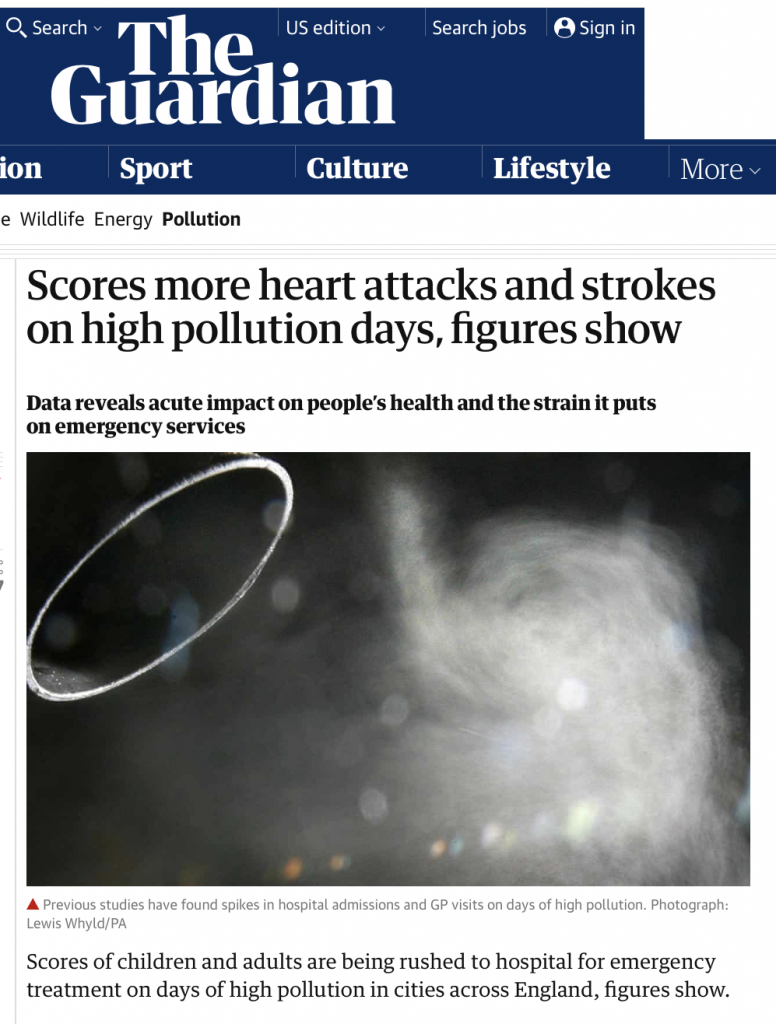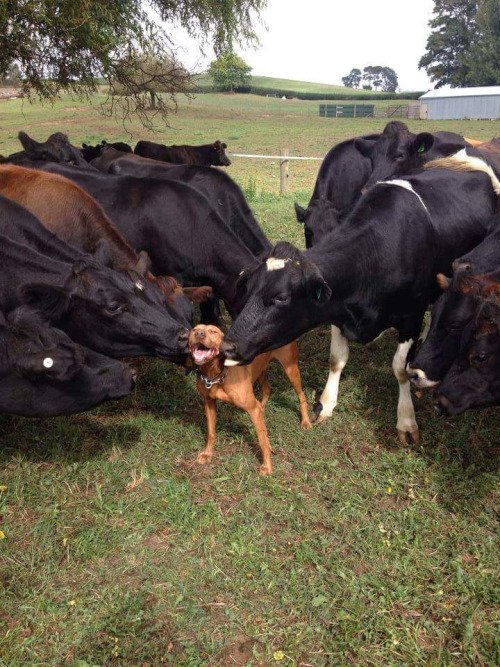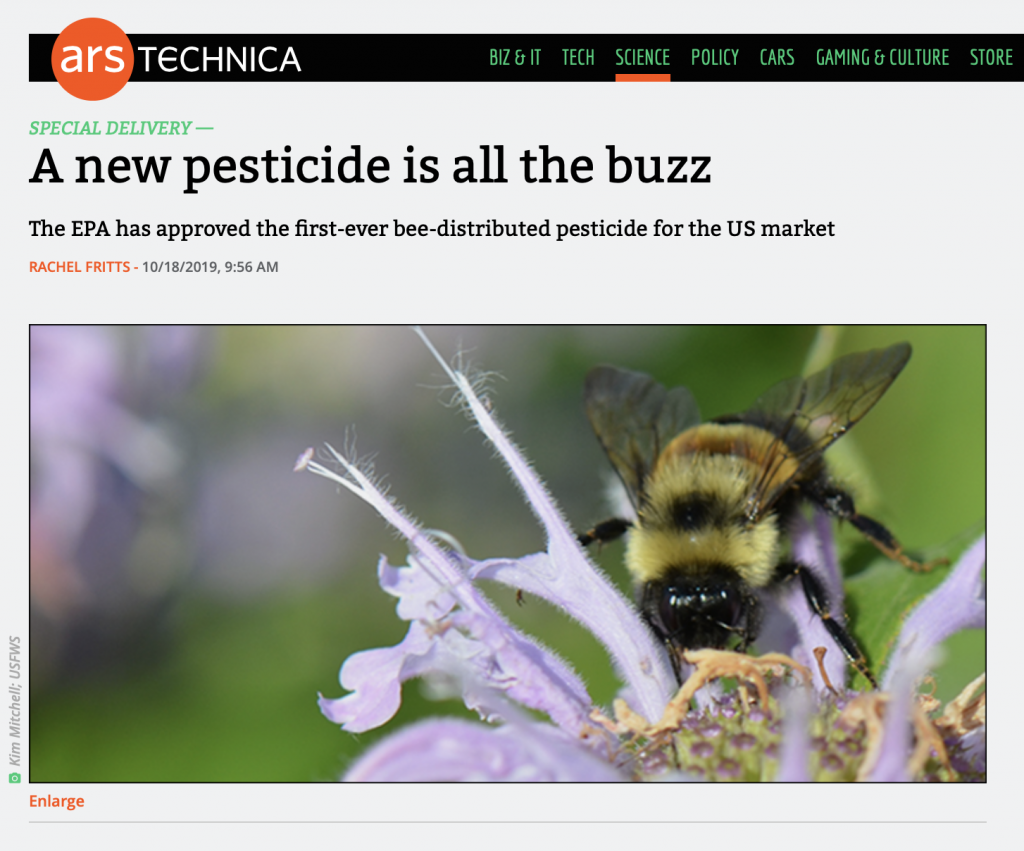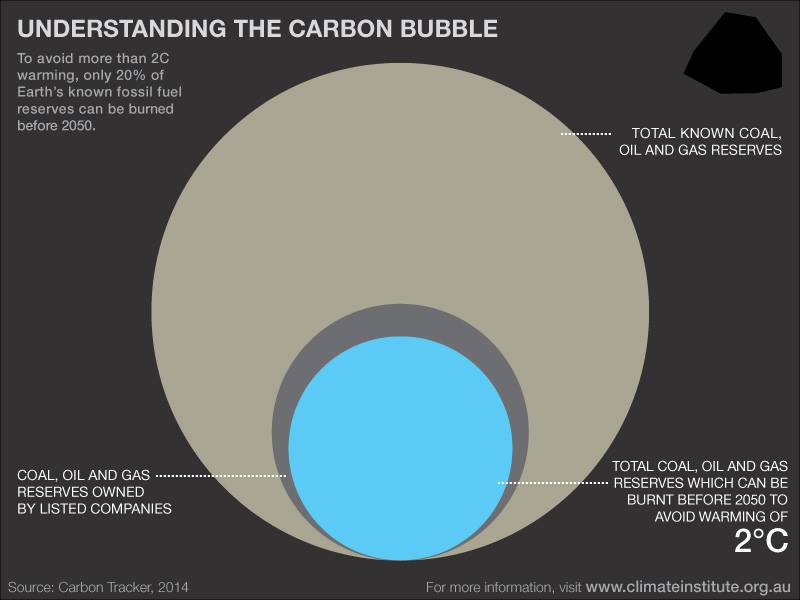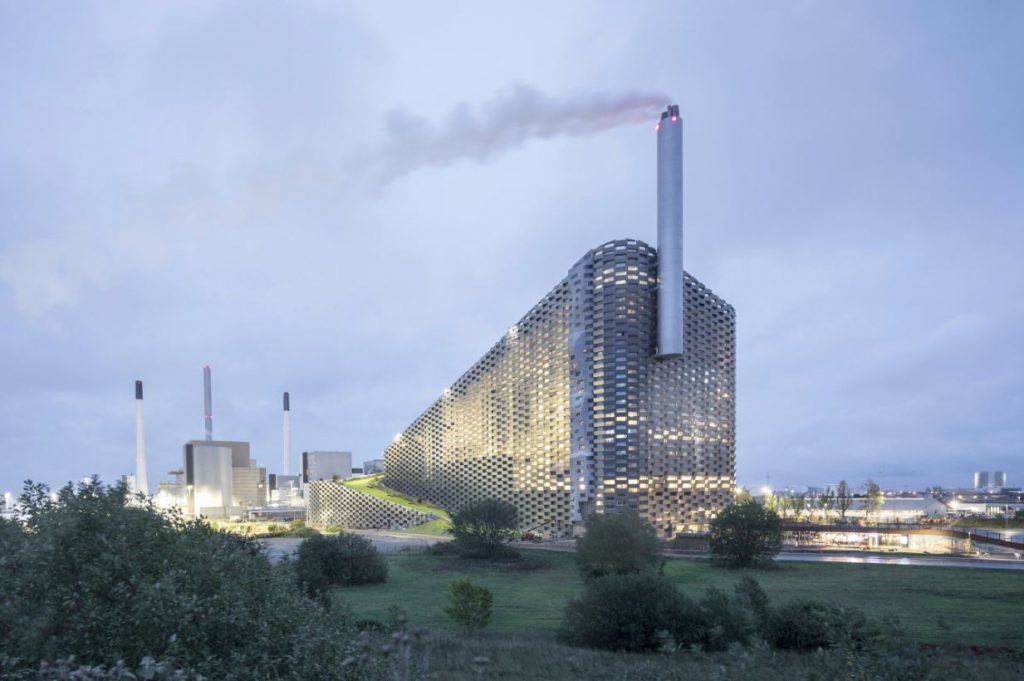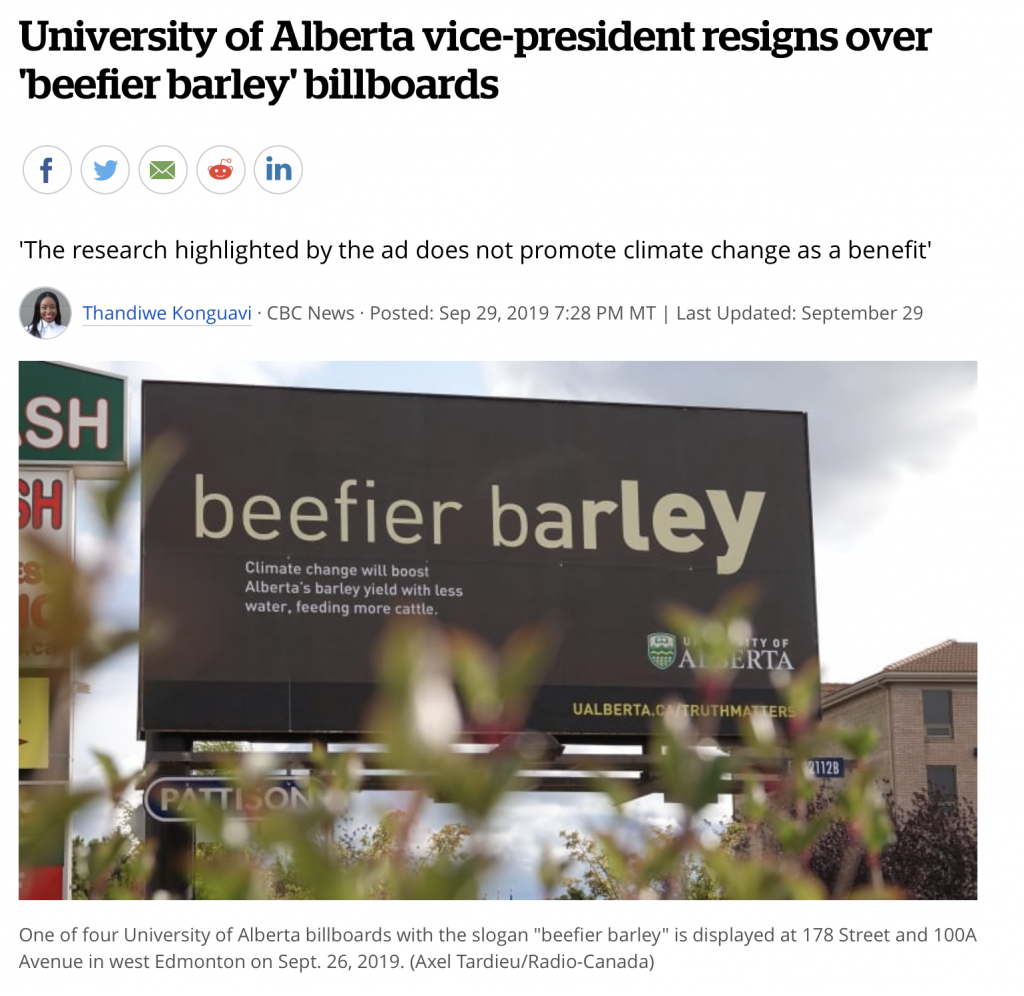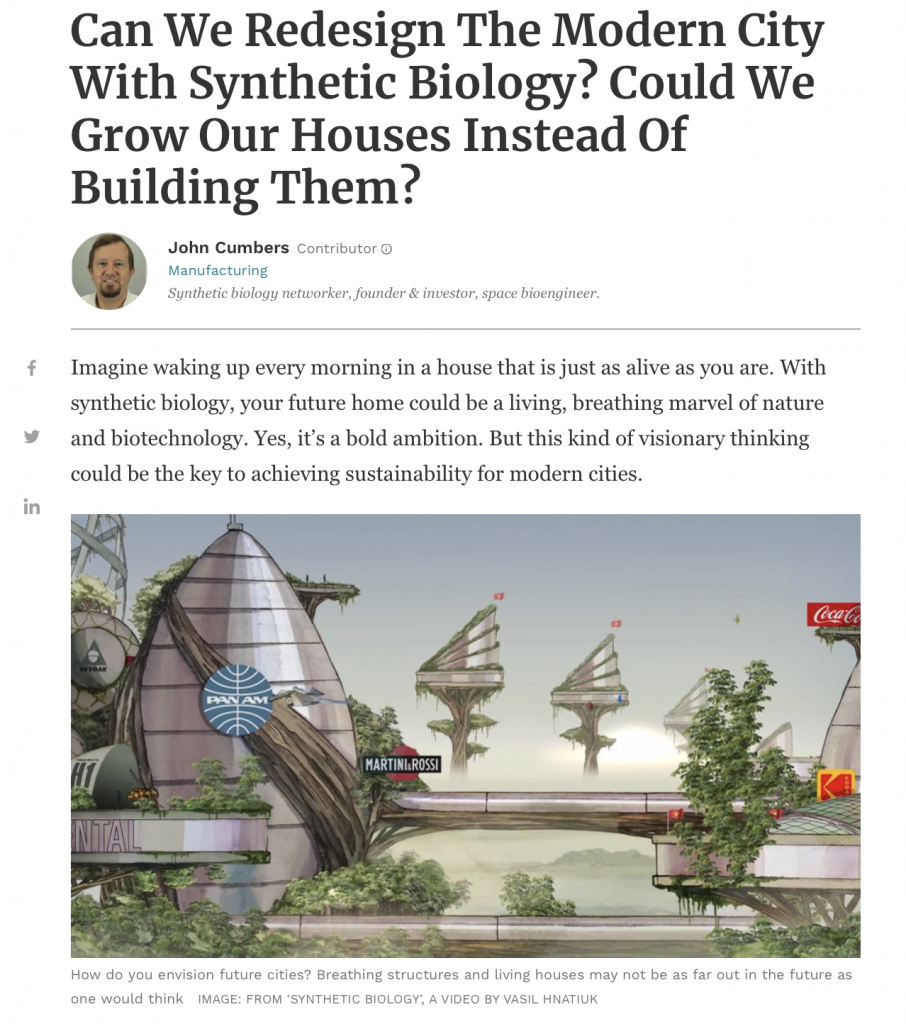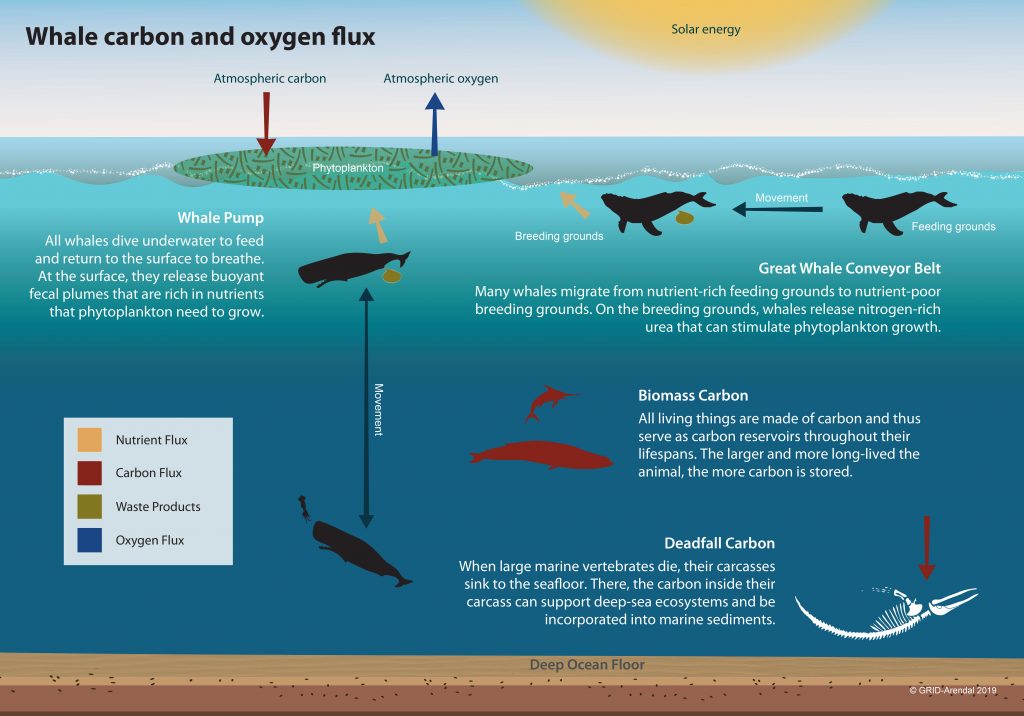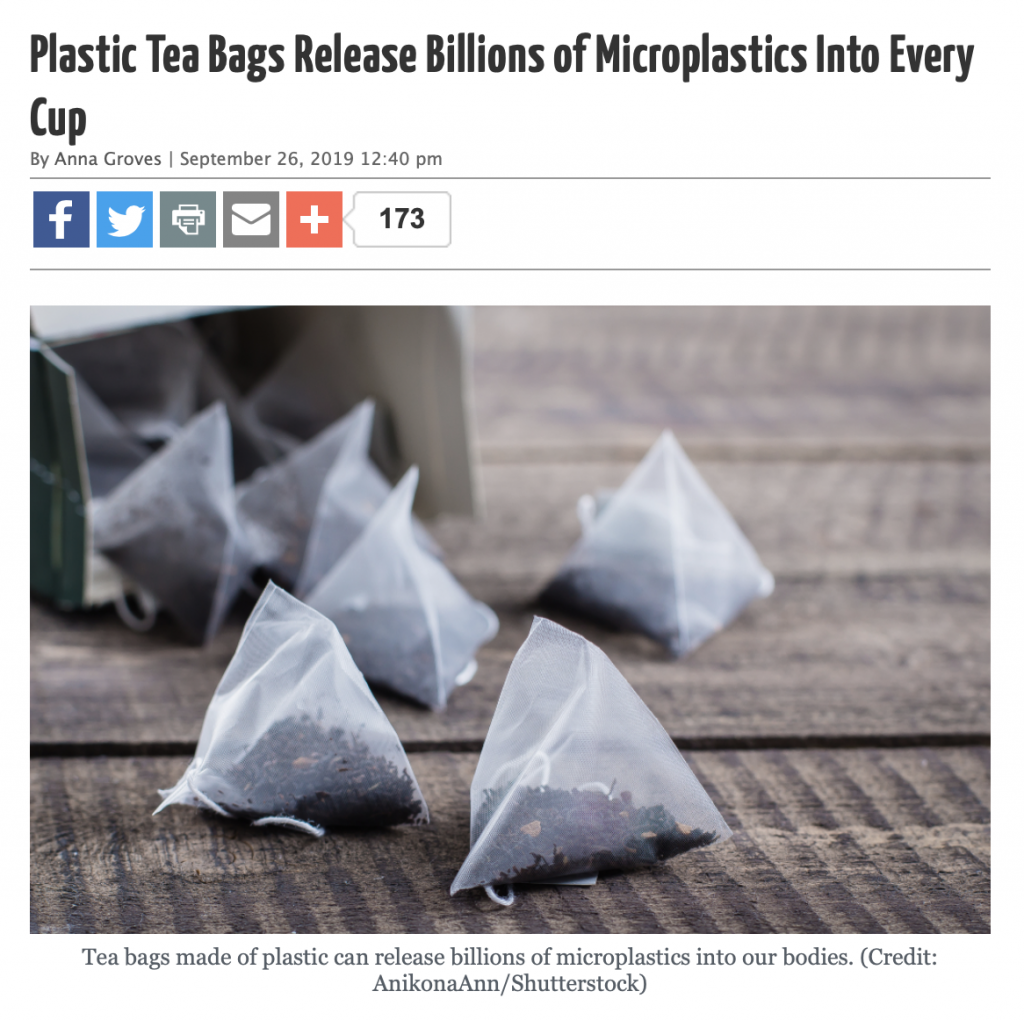Externalities: Paying with your health (and related costs for increased health care)
Correlation between air pollution and serious medical emergencies (in England):
Each year emergency services see more than 120 additional cardiac arrests, more than 230 additional strokes and nearly 200 more people with asthma requiring hospital treatment on days of high pollution compared with the average on days of lower pollution.
The data, to be published in full next month, shows the extra strain that poor air quality is putting on already stretched NHS emergency resources
More: Scores more heart attacks and strokes on high pollution days, figures show.
And in the US: a new study reveals
After declining by 24.2% from 2009 to 2016, annual average fine particulate matter (PM2.5) in the United States in counties with monitors increased by 5.5% between 2016 and 2018.
More: Recent Increases in Air Pollution: Evidence and Implications for Mortality
